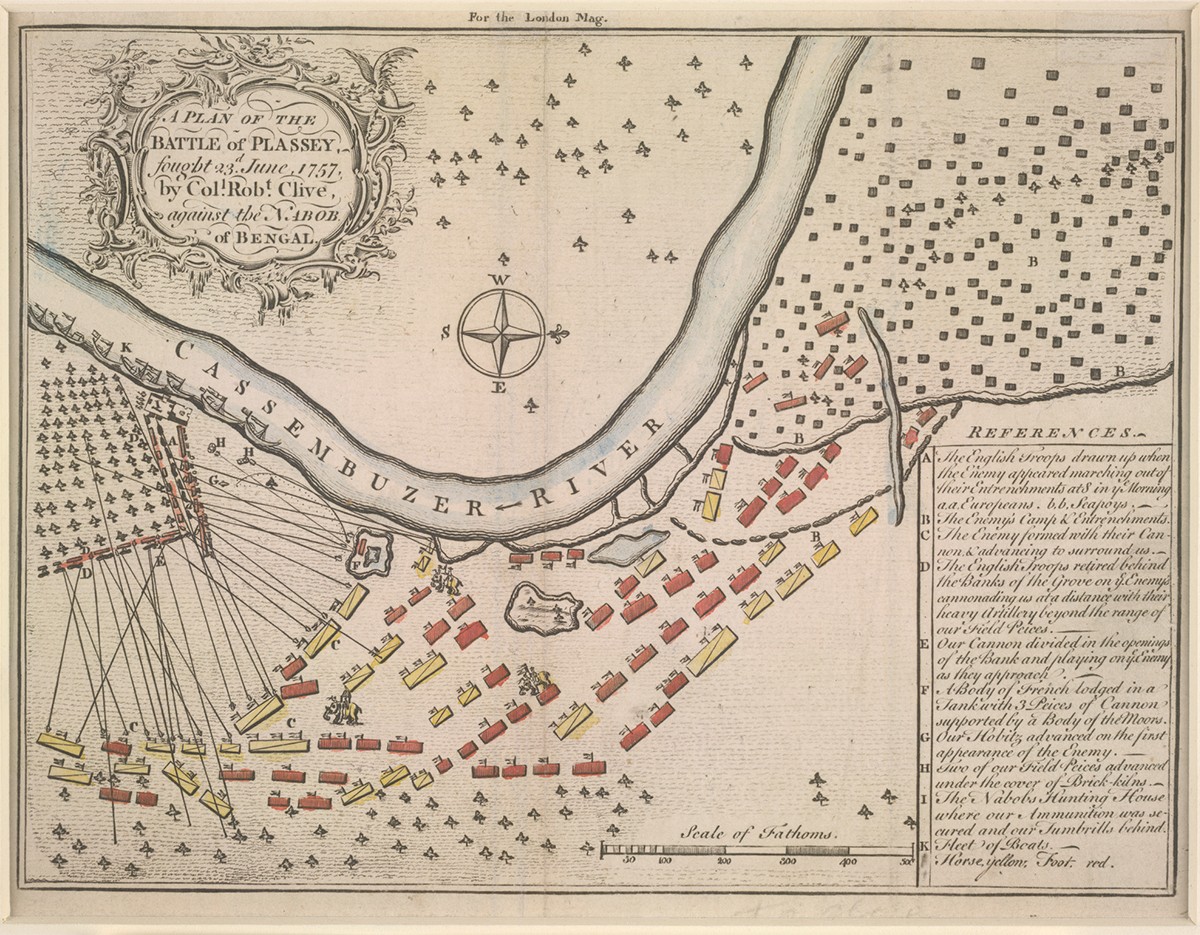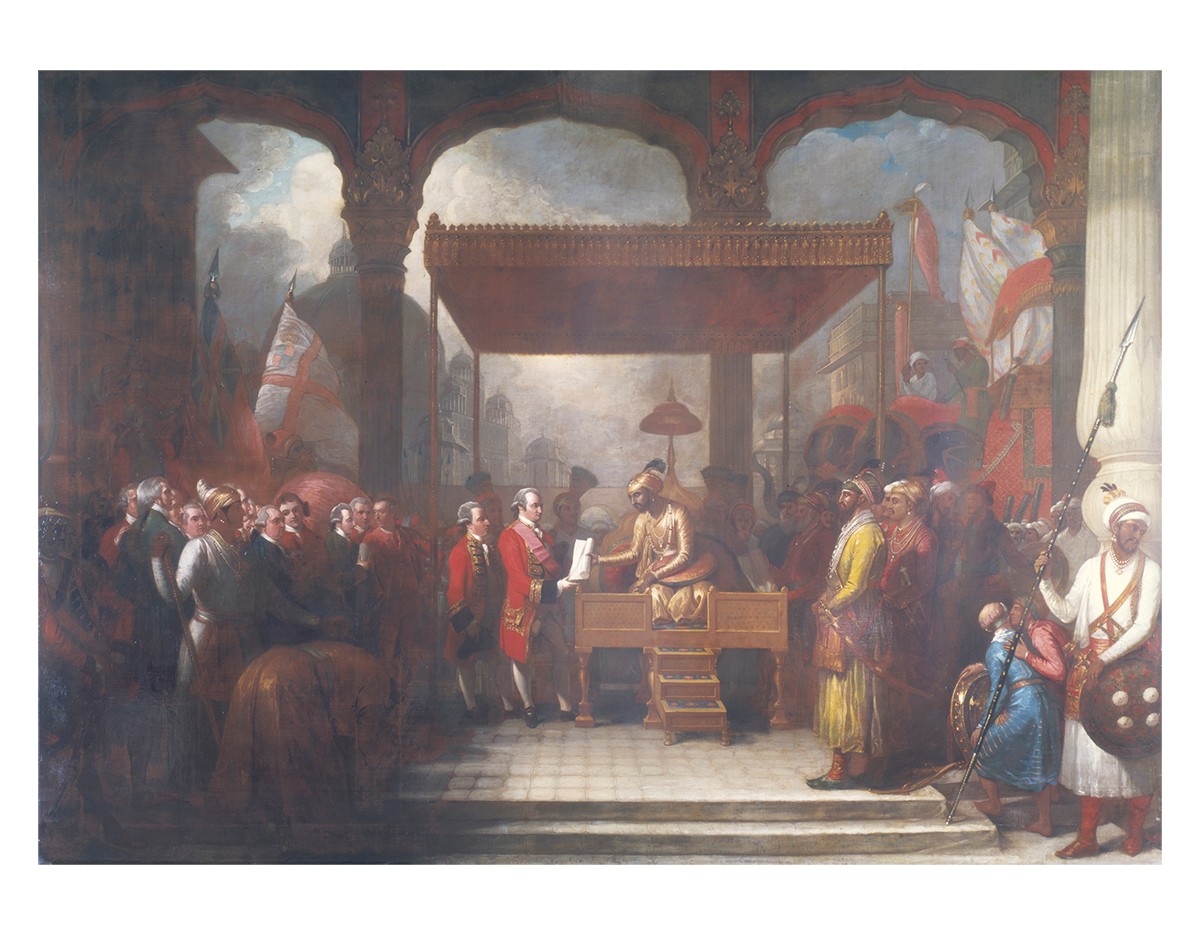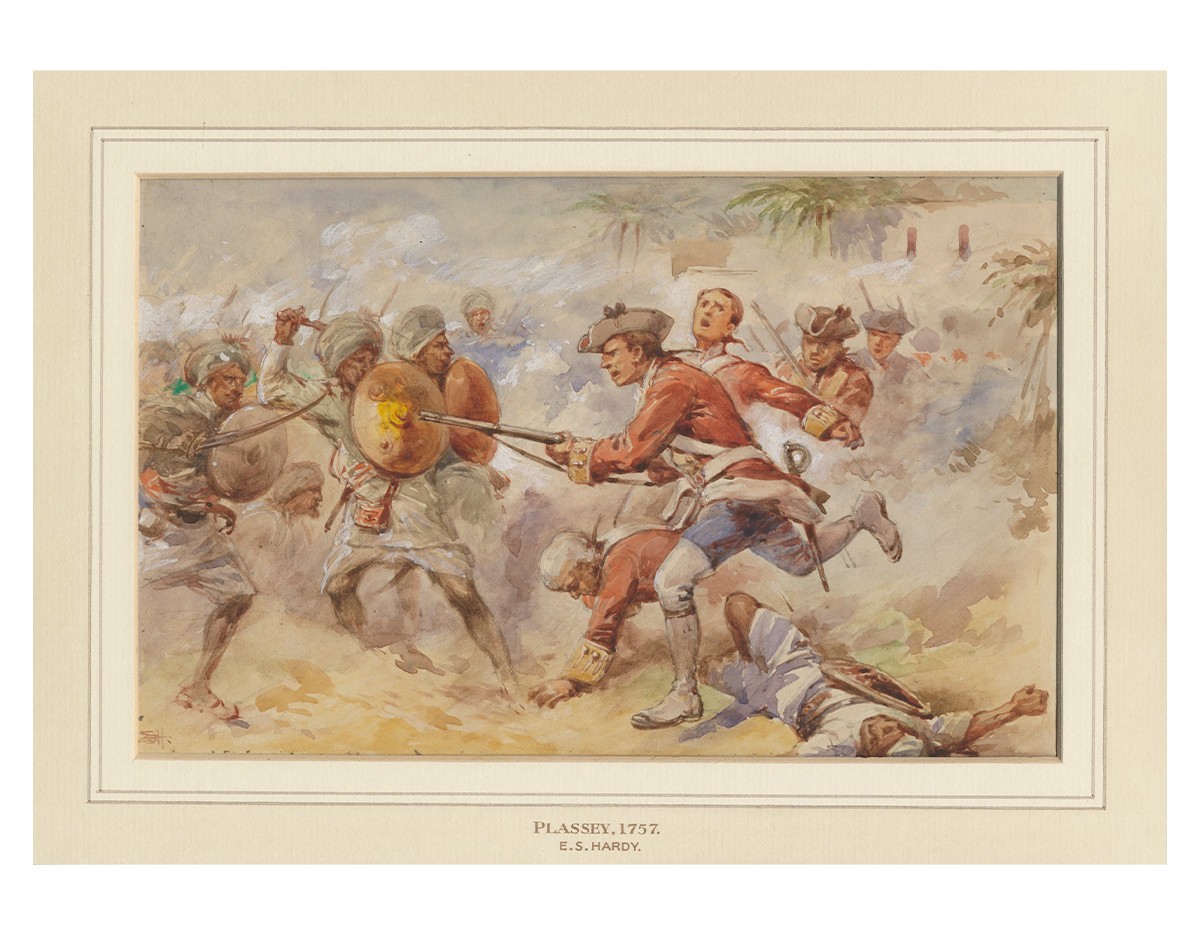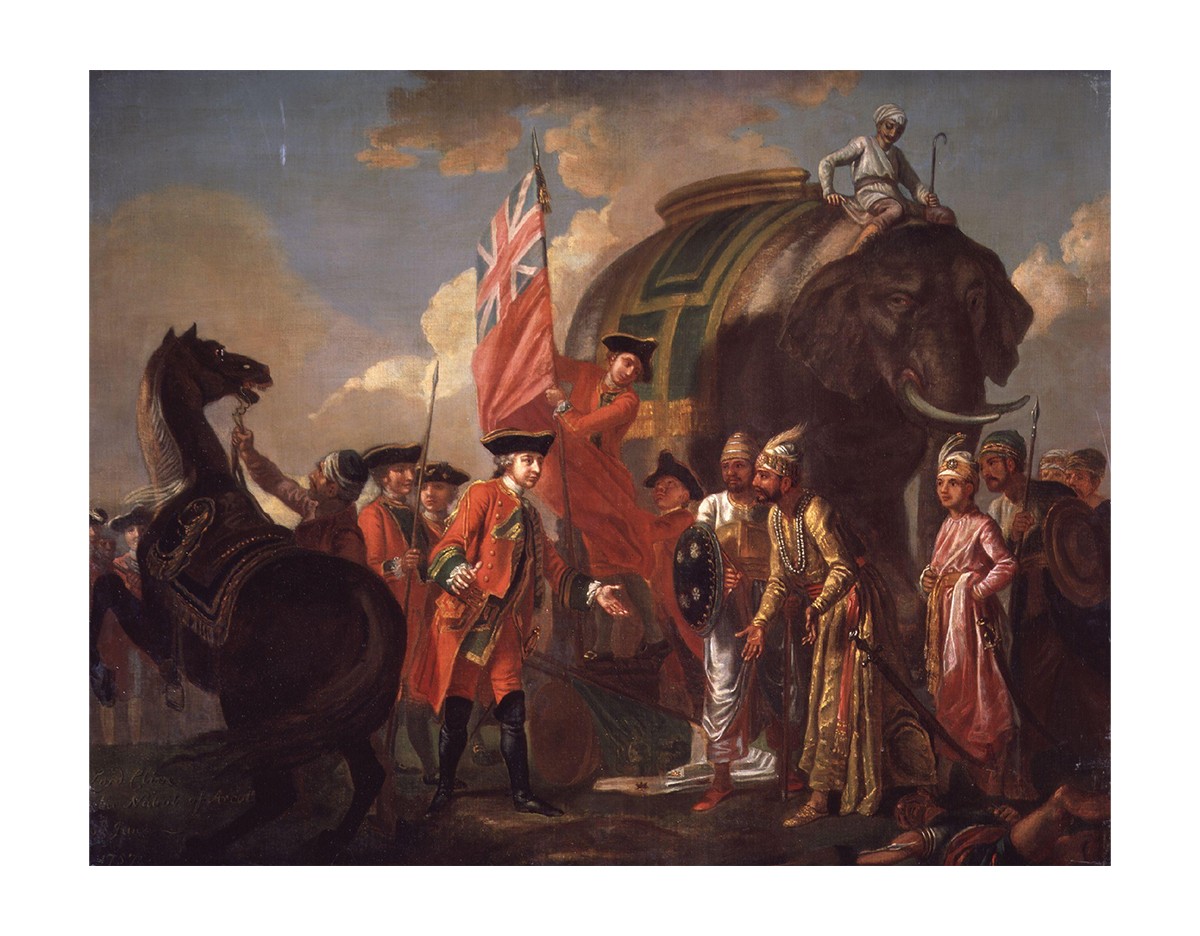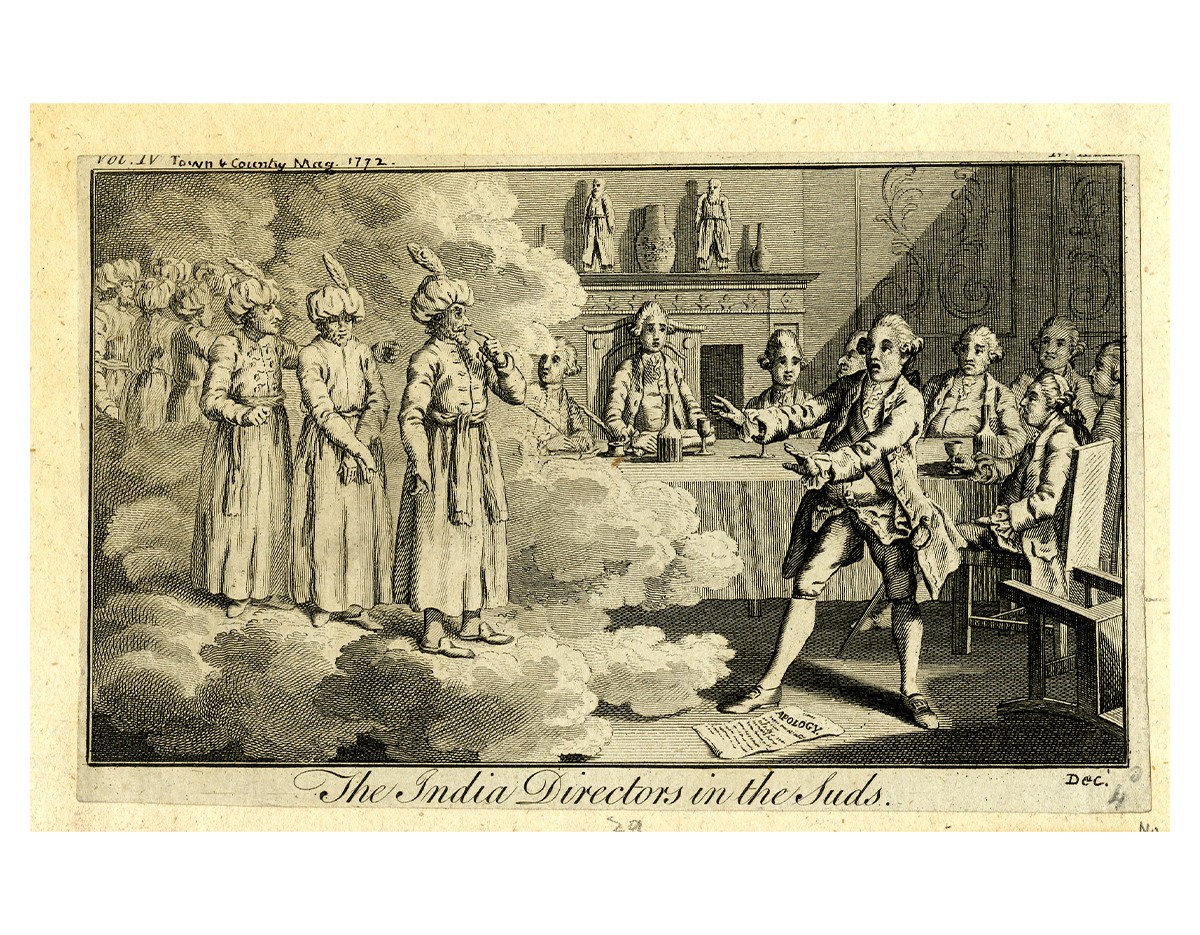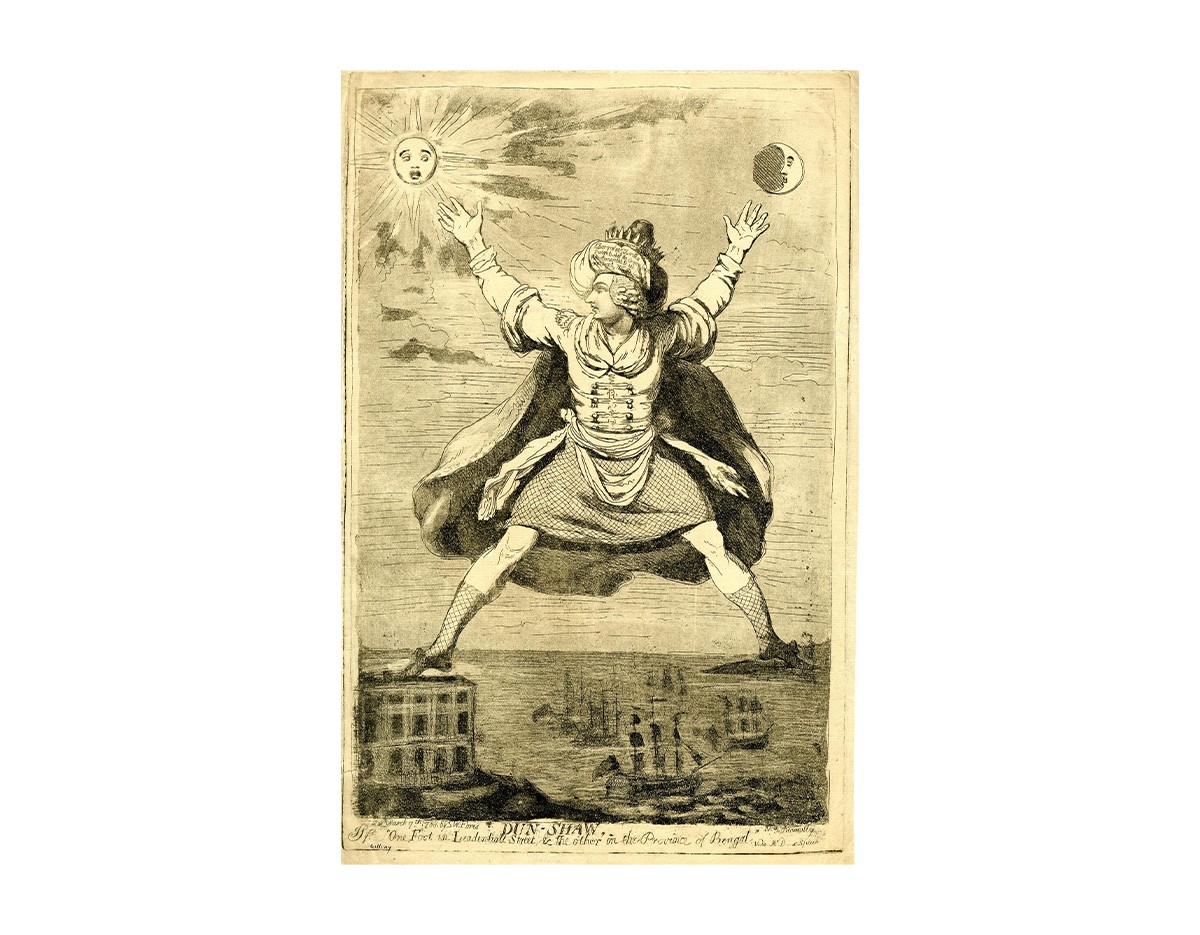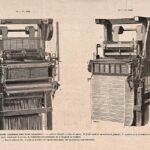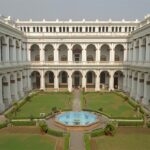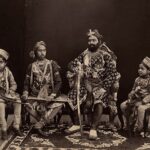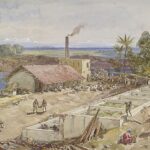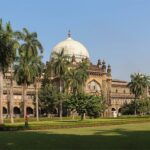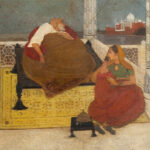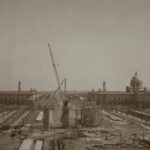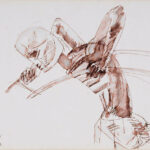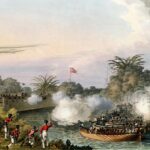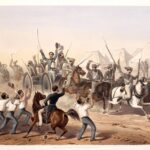The Battle of Plassey; British Rule Is Established
1757
The victory of the East India Company army, led by Robert Clive, against the Nawab of Bengal, Siraj ud-Daulah, sets the foundation for nearly two centuries of British rule in India.
The years of colonial rule shape Indian arts, crafts and architecture in profound ways. The formalisation of academic institutions and patterns of instruction based on Western curricula are seen in the establishment and structure of arts and crafts schools founded by the British government, in association with local philanthropists in Bombay, Madras, Calcutta (now Mumbai, Chennai and Kolkata respectively) and Lahore. The emphasis of these institutions in terms of crafts training is the production of objects with a view towards events such as expositions, where they are displayed within the framework of colonial propaganda. However, the traditional arts and crafts industries are hampered by machine-made imports, affecting the quality and commercial value of indigenous crafts items.
Bibliography
Chaudhary, Zahid R. Afterimage of Empire Photography in Nineteenth-Century India. Minneapolis: University of Minnesota Press, 2012.
Guha, Ranajit. Dominance Without Hegemony: History and Power in Colonial India. Cambridge, MA: Harvard University Press, 1997.
Metcalf, Thomas R. Ideologies of the Raj. Cambridge: Cambridge University Press, 1995.
Feedback 
This entry appears in
Art in South Asia
Visit Timeline
Associated Timeline Events
First Published: March 11, 2024
Last Updated: July 2, 2024



